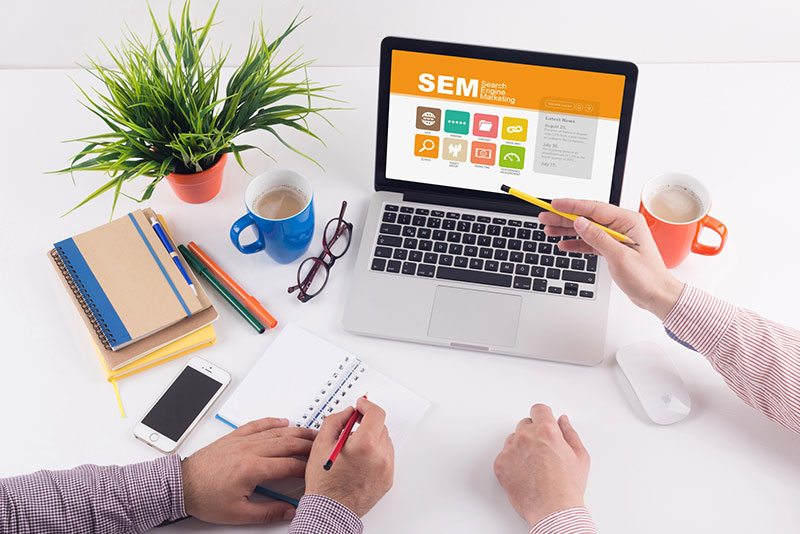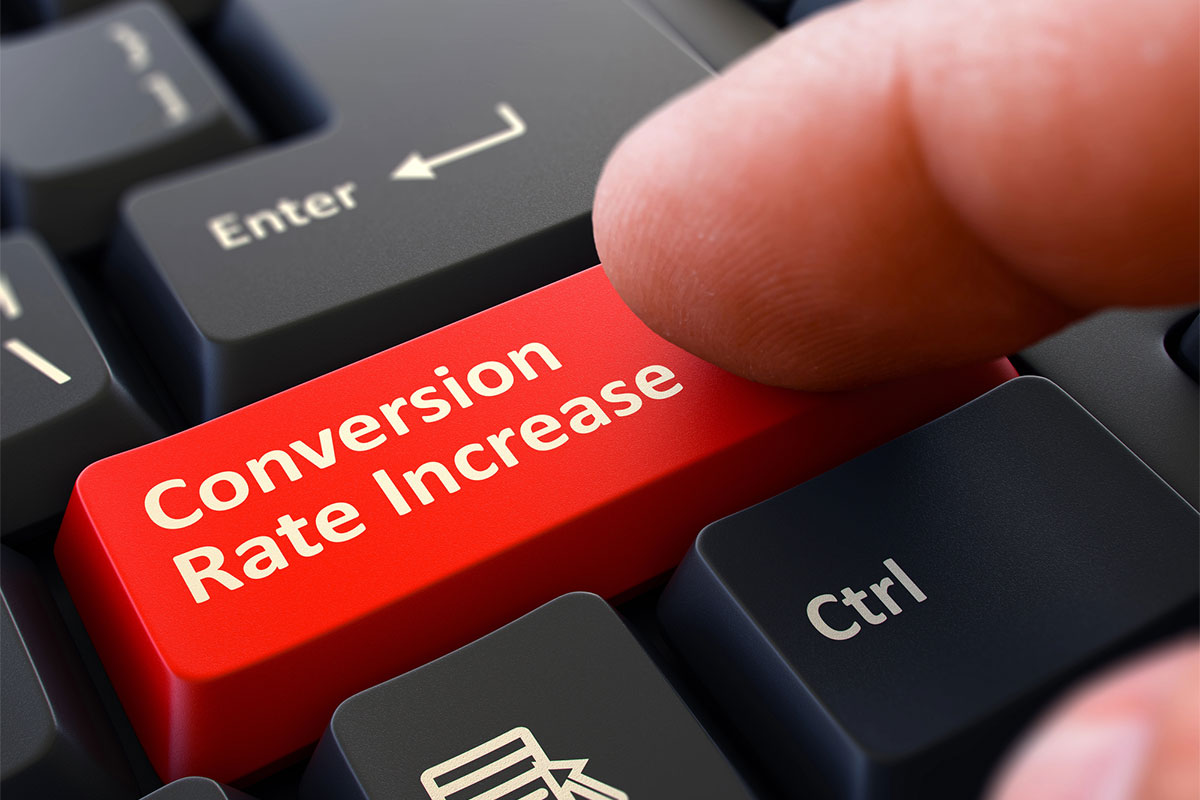In the dynamic world of aesthetics, staying ahead of the curve and outshining the competition requires careful planning and strategic thinking. As an aesthetic practice owner, you constantly seek ways to improve and expand your services. One powerful tool that can help you achieve your goals is the SWOT analysis. In this blog post, we will delve into what a SWOT analysis is, how it can benefit your aesthetic practice, and provide real-world insights tailored to the aesthetic industry..
What is SWOT?
SWOT stands for Strengths, Weaknesses, Opportunities, and Threats. It’s a structured technique to assess internal and external factors that can impact your business. While initially devised for general business applications, a SWOT analysis can be a game-changer for aesthetic practice owners when used correctly.
Strengths and Weaknesses
Let’s start by examining the internal aspects of your aesthetic practice. Your strengths are the areas where your practice excels, setting you apart from the competition. Conversely, weaknesses are the aspects where your practice may lag behind. In the world of aesthetics, these strengths and weaknesses might include:
In-office technology: Assess your equipment and technology. Are you at the cutting edge of innovation, or is there room for improvement?
Variety of services offered: Do you offer a diverse range of aesthetic procedures to cater to a broad clientele?
Patient attrition rates: Evaluate your patient retention strategies. Are you experiencing a high turnover rate?
Effectiveness of marketing activities: Analyze the success of your marketing campaigns. What’s working, and what needs improvement?
Skills and training of your team: Your team’s expertise can be a significant strength. Are they well-trained and up-to-date with the latest techniques?
Opportunities and Threats
Moving to the external factors, opportunities and threats often stem from market conditions, competition, and other elements beyond your direct control. In the aesthetic industry, these could include:
Performance of competitors’ marketing activities: Keep an eye on what your competitors are doing. Are they gaining an edge in the market?
Density of competition in your location: Consider how many similar practices operate in your area. Does this affect your patient flow?
Local regulations and policies: Are there any regulations or policies that may impact your practice’s operations?
Consumer trends: Stay attuned to shifts in consumer preferences. Are there emerging trends that you can capitalize on?
Economic conditions: Economic upswings or downturns can significantly impact consumer spending on aesthetic procedures.
Introducing TOWS – Elevating Your Analysis
While SWOT analysis provides valuable insights, the real power lies in the TOWS matrix. TOWS, an acronym for Threats, Opportunities, Weaknesses, and Strengths, is an advanced technique that combines internal and external factors to develop actionable strategies.
TOWS analysis is centered on the idea that internal factors have more influence. Therefore, you can leverage your strengths to counter weaknesses, harness opportunities, and mitigate threats. Let’s break down how TOWS can work in your aesthetic practice with practical examples.
Strengths/Opportunities
Imagine your practice boasts a “celebrity” cosmetic surgeon with an exceptional skill set. How can you leverage this strength? In an economic upswing, you could market high-end procedures, capitalizing on the opportunity presented by improved consumer spending.
Strengths/Threats
In this scenario, your “celebrity” cosmetic surgeon’s reputation can be utilized to improve your practice’s online presence. By focusing on authoritative content and search engine optimization, you can mitigate the threat posed by a competitor’s high-ranking website.
Weaknesses/Opportunities
If you have an outdated website that doesn’t rank well, it limits your ability to attract a broad audience. To seize the opportunity presented by the economic upswing, consider investing in a modern, user-friendly website that eliminates this weakness.
Weaknesses/Threats
An outdated website also leaves you vulnerable to threats, such as competitors with better online visibility. You can effectively mitigate the threat by addressing this weakness and building a new website.
Putting it All Together
In our example, the aesthetic practice can benefit greatly from developing a new website that highlights the credentials of their renowned cosmetic surgeon. Additionally, targeted marketing campaigns for high-end cosmetic procedures aimed at the demographic experiencing rising incomes can yield substantial rewards. This data-driven decision-making process informs marketing objectives and guides budget allocation for maximum impact.
In the fast-paced world of aesthetic practices, staying competitive and achieving sustainable growth is no easy task. SWOT and TOWS analyses are valuable tools for aesthetic practice owners, providing insights into your practice and marketing strategy. While these techniques are subjective in nature, when used in conjunction with data-driven marketing strategies, they can be a potent combination, helping you navigate the ever-evolving landscape of the aesthetics industry. You can steer your aesthetic practice toward continued success and innovation by harnessing your strengths, addressing weaknesses, capitalizing on opportunities, and mitigating threats.










